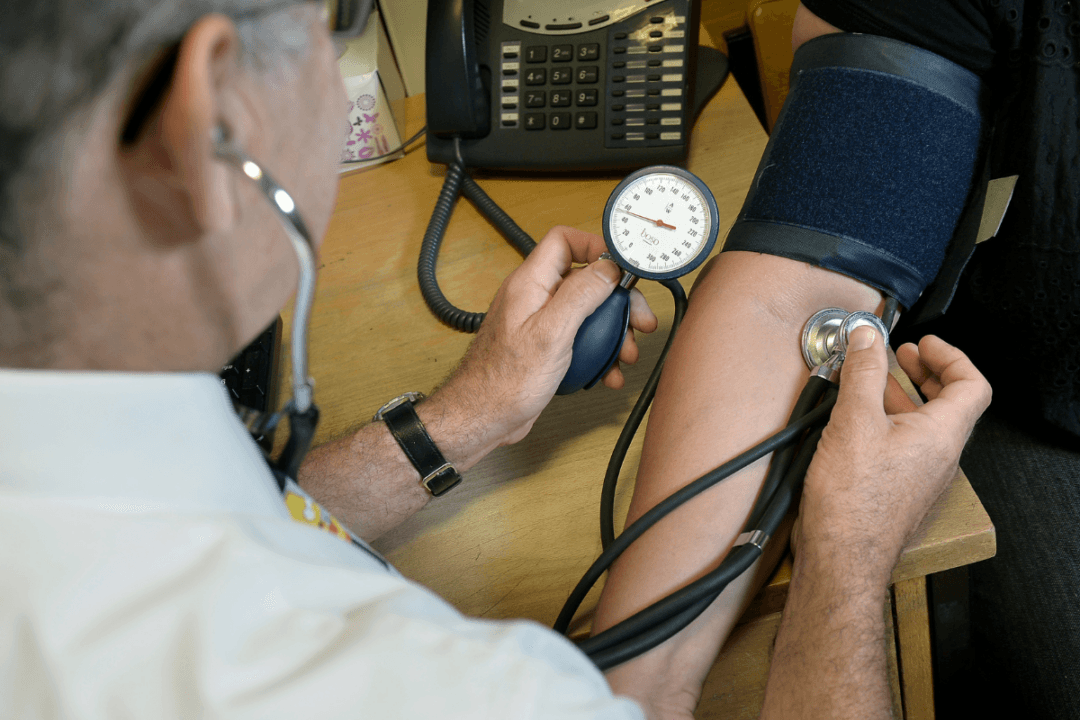Some taxpayers in England will see their council tax rise by even more than expected in April after the government has granted permission for six authorities to increase their council tax charges beyond the 5 percent threshold.
However, Bradford Council will be allowed to increase taxes by a further 5 percent, bringing their total increase for the year to 9.99 percent.
The Labour government had committed to maintaining the 5 percent cap on council tax increases for 2025/2026, but has accepted requests from councils to increase it above that level.
Announcing the rises, Rayner said that this additional flexibility was required when local authorities “are seeking financial support and see increases as critical to their financial sustainability.”
Rayner said: “These are difficult decisions that government has not taken lightly. We recognise the importance of limited increases in helping to prevent these councils falling further into financial distress—but we have been clear this must be balanced with the interests of taxpayers.”
Decision Not Taken Lightly
Bradford Council said the government had recognised that it “has been one of the hardest hit by the years of austerity and the least able to recover from this position because of its comparatively very low council tax.”The council said that the proposed 9.99 percent would reduce borrowing by about £5.5 million a year and help protect services.
Councillor Susan Hinchcliffe, leader of the Labour-led Bradford Council, said: “This decision to request a one-off increase in council tax beyond the usual 4.99 percent was not taken lightly.
“None of us want to see an increase in council tax when other bills are also rising but we have a responsibility to make sure the council’s finances balance.
£69 Billion for Councils
The government also published its final Local Government Finance Settlement, which confirms £69 billion for funding council budgets in England, a 6.8 percent cash-terms increase.Included is £3.7 billion in additional funding for social care, which provides an £880 million uplift to the Social Care Grant.
There is also a new £370 million Children’s Social Care Prevent Grant, which will support the national rollout of help for families.

The government has also established a £600 million Recovery Grant which “will help support places most in need.”
Challenging Financial Situation
Councils are facing increasing financial pressures, which membership bodies have warned could put vital community services at risk.The Local Government Association (LGA), a national membership body for local authorities, said that while the financial support outlined in the settlement will help meet some of the costs and demands that councils face, it “still falls short of what is desperately needed to cover them all.”
LGA Chairwoman Councillor Louise Gittins said that this year remains “extremely challenging” for councils, some of which may be forced to make further cuts to services—even if they have already had to increase council tax bills for residents.

The County Councils Network (CCN), which represents county and unitary authorities in England, said that its members will only receive 3 percent of the Recovery Grant, which it says is “heavily targeted” towards urban councils.
Social Care Costs
Lewis added that while deprivation is a reason some councils’ costs are high, “it is not the sole reason.”He pointed to evidence from the CCN that says demand and the rising costs of adult and children’s social care and special education needs services “are the main reasons as to why councils across all four corners of the country are struggling.”
The network said that without change, councils may be forced to become nothing more than social care providers, abandoning provision of other core services.







